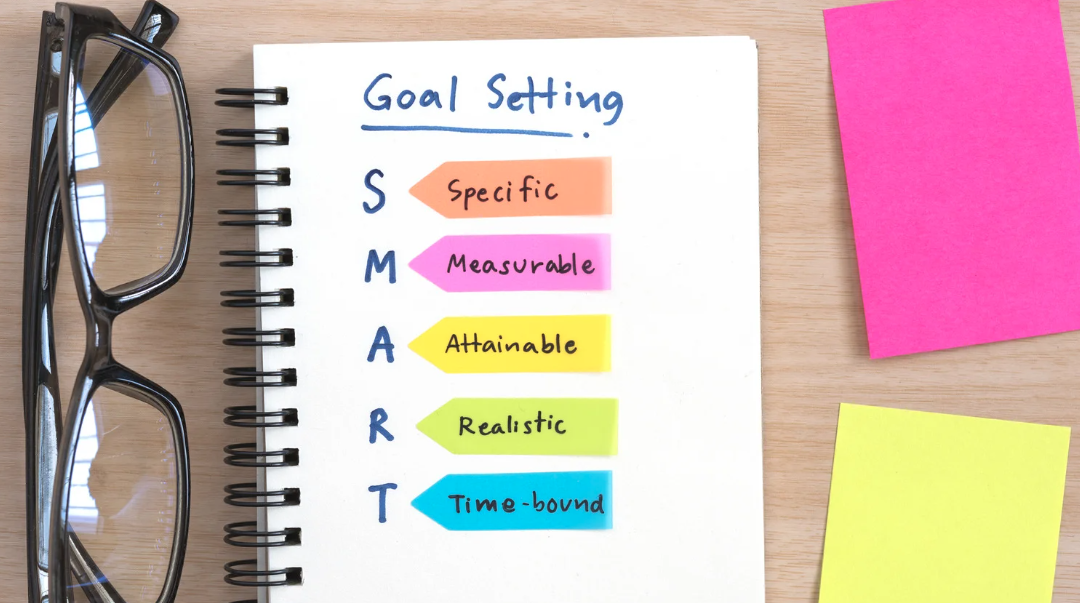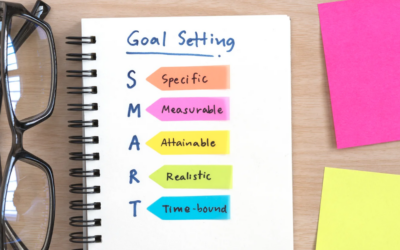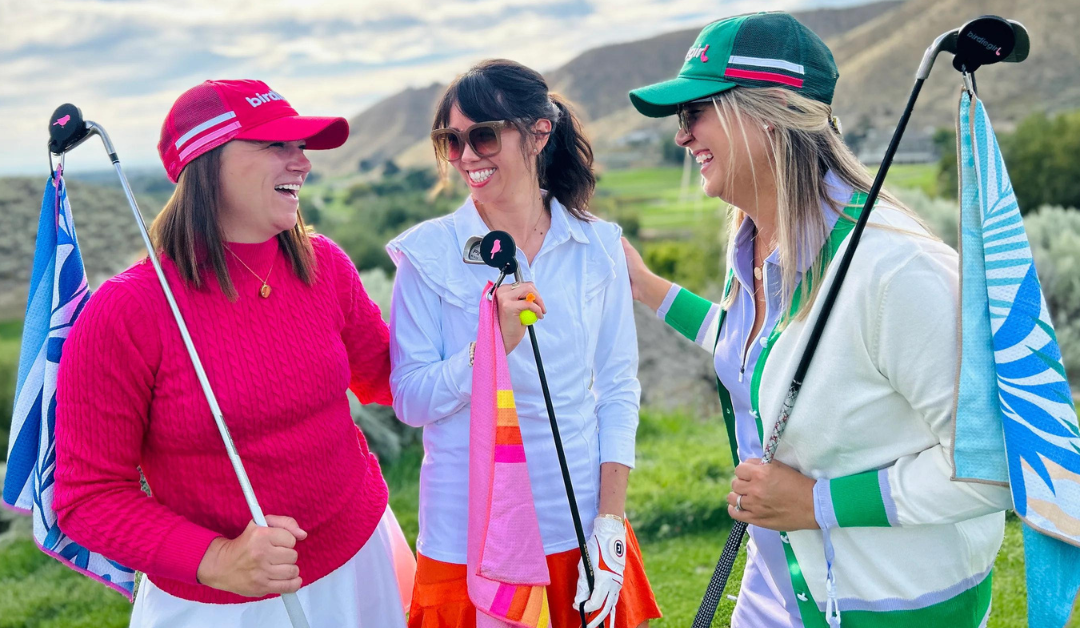No time to listen now? We'll send it to your inbox. No time to listen now? We'll send it to your inbox. or scroll down to get the highlightsHow to Set the Right Goals and Achieve Clarity in Your Business Recently,...

A Little Trick To Get The Results You Really Want, Episode 225
No time to listen now? We'll send it to your inbox.
No time to listen now? We'll send it to your inbox.
or scroll down to get the highlights

How to Set the Right Goals and Achieve Clarity in Your Business
Recently, something happened in one of my small group sessions with clients that made me stop in my tracks. It was such a light bulb moment, and I knew I had to share it with all of you.
It’s about setting the right goals.
We often get this wrong, and it keeps us stuck. But in this post I’ll introduce you to a process to help make sure you’re on the right track.
Setting the Stage
Right now, in my business, we’re all about our Reliable Revenue Program. It’s a program we sell once a year to help you get (you guessed it) reliable revenue that you can count on year long. We support this program with everything we’ve got – a dedicated Facebook group, mentors, coaches, office hours, and calls for your questions.
Within this program, there’s a VIP group. This is an exclusive bunch who get an extra call with me each week just for strategy. We focus on strategic plans, and let me tell you, it’s transformative.
The Goal-Setting Process
Years ago, I found a document online, and we’ve adapted it over time for product-based businesses. It’s super cool and laid out vertically. On the left, you write your current status, and on the right, your vision for 12 months from now. This allows you to see where you are and where you want to be, helping you figure out the steps to bridge that gap.
Now, here’s the kicker – this is way harder than it looks. I’ve been doing this for so long, I forgot how it felt before I started. But sitting with my VIP group, I realized many of us struggle with this clarity. We get overwhelmed, feel like we’re not doing enough, and end up mentally exhausted. Sound familiar?
What’s On Your Laundry List?
During one of our sessions, I asked each person to describe the current status of their business. One by one, they gave me a laundry list of what they were doing – selling on multiple platforms, managing social media, running events. And when I asked about their vision for the next 12 months, it was more of the same – just more things to do.
This is why we get overwhelmed – we confuse more tasks with progress.
So, how do we fix this? Here’s a process that will give you amazing clarity:
Assess Your Current Status:
- What was your revenue in the last 12 months? (No guessing, get the exact number.)
- How much did you pay yourself? (Again, exact figures, not estimates.)
- What’s working well in your business?
- What’s not working well?
- How many hours or days a week are you working?
- Is your business profitable?
Write down these answers. This is your current status, not a list of tasks.
Create Your Vision for the Next 12 Months:
- What will your annual revenue be?
- How much will you pay yourself?
- How many hours or days will you work?
- What will your profit be?
- What problems will be solved?
- What will you be focused on?
These answers form your vision. There’s no to-do list here, just the desired status of your business.
Practical Implementation
Now, take a look at your to-do list and ask yourself if the tasks on it will help you achieve your goals. If they do, great! If they don’t, give yourself permission to remove them. You need to align your tasks with your goals to make progress.
When an opportunity comes along, assess it against your goals. Does it help you get where you want to be in 12 months? If yes, go for it. If not, it’s a polite decline. This clarity will make decision-making so much easier.
I hope this process helps you as much as it has helped me. After listening to this, take an hour to try this exercise and see what happens. Write down your current status and your vision. You’ll immediately know what your goals are and have the clarity to move forward.
RELATED LINKS:
How To Reach Your BIG Goals This Year
https://thesocialsalesgirls.com/2024-how-to-reach-your-big-goals-this-year-episode-197/
The Powerful Work That Will Get You To Your Goals
https://thesocialsalesgirls.com/the-powerful-work-that-will-get-you-to-your-goals-episode-159/
Try This Clever Way To Stay Motivated And On Track
https://thesocialsalesgirls.com/try-this-clever-way-to-stay-motivated-and-on-track-episode-213/
Ditch Your Decision Fatigue. I’m Giving You My Framework
Get my new course, Conversion School for Free!
Learn our step by step process to grow your sales, without spending a
fortune on risky ad strategies, or discounting your products
The strategy you’ll learn in Conversion School works for Ecommerce stores at all stages.
You'll use your store’s data, so if you’re starting out, you’ll learn how to get consistent sales.
Established Store Owners will learn how to achieve significant sales growth every month.
A Little Trick To Get The Results You Really Want, Episode 225
From 0 to multiple 6 figures. The story of a creative success, Episode 224
No time to listen now? We'll send it to your inbox. No time to listen now? We'll send it to your inbox. or scroll down to get the highlightsI get this question all the time: can artists and creatives really earn an...
How Erica supersized her profit and wiped out her stress, Episode 223
No time to listen now? We'll send it to your inbox. No time to listen now? We'll send it to your inbox. or scroll down to get the highlightsHow Erica Campbell Turned Her Faith-Based Gift Shop Into A Profitable Business...









